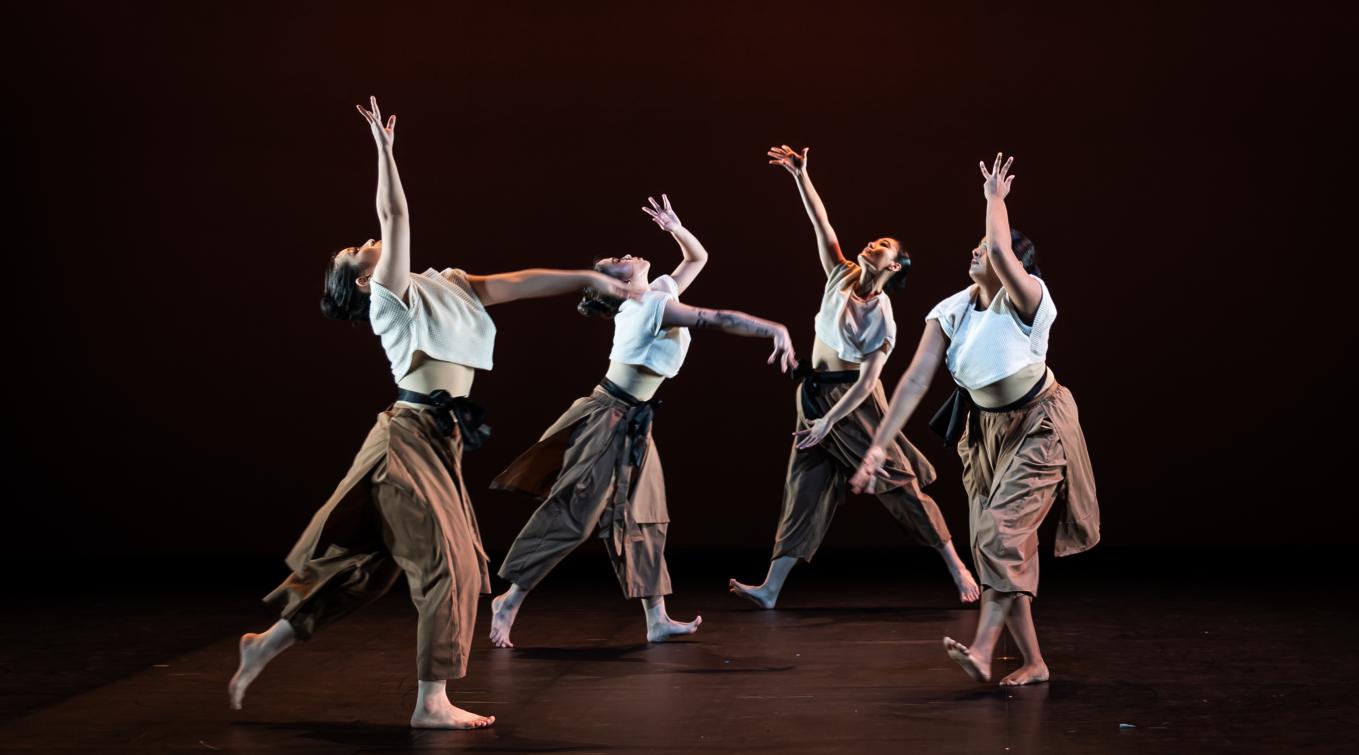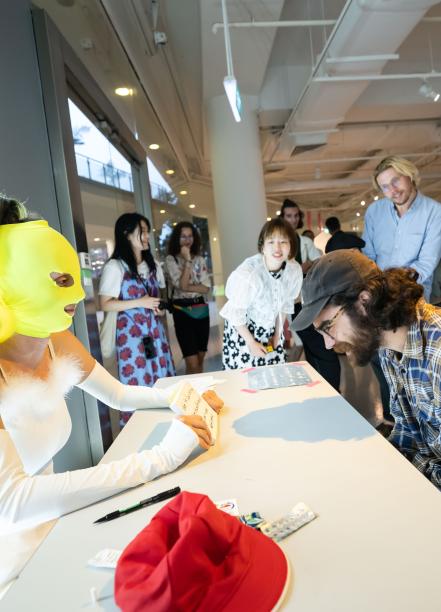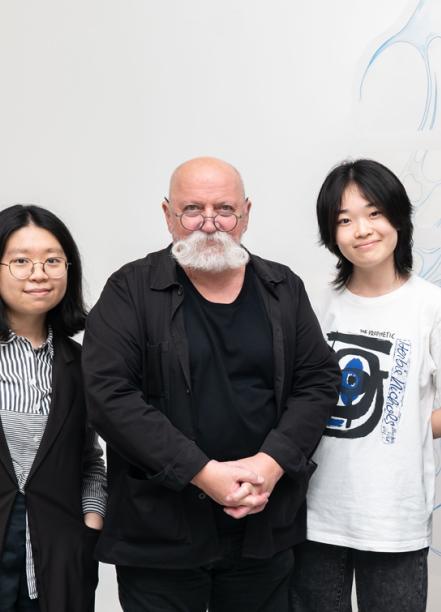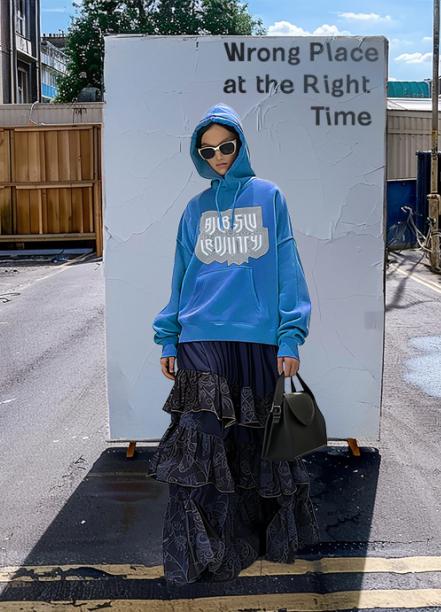The opening of Singapore’s new arts university is “powerfully symbolic” as the country attempts to shift away from focusing on academic achievements to embracing a more diverse range of skills, according to scholars.
The University of the Arts Singapore (UAS) is a collaboration between LASALLE College of the Arts and the Nanyang Academy of Fine Arts (Nafa), with the first cohort of students expected to commence their studies in August..
Under the umbrella of the new university, both institutions will retain their own colleges, where the majority of learning will continue to take place, but UAS will confer their degrees. Previously, the private institutions have relied on overseas partners to do this.
Eight new degree programmes will be on offer, including bachelor’s courses in biophilic design and contemporary Chinese theatres, and a master’s in music therapy. Students will also participate in a common curriculum focusing on career skills, “future literacy” and an internship programme.
“The move to establish a fully edged university is very powerfully symbolic in nature,” said Jason Eng Thye Tan, an associate professor at Nanyang Technological University’s (NTU) National Institute of Education. “This new university has been a long time in the making.”
Like most developments in Singapore, the new institution is part of a much wider plan for the nation, in this case, one to better integrate arts into the economy and position Singapore as a global cultural hub.
The idea of a creative economy is not new to Singapore, but it has enjoyed a renewed focus in recent years. In 2023, policymakers unveiled a four-year arts plan to “unlock Singapore’s creative economy and create good jobs”.
“In the future economy, it’s now recognised – where it wasn’t as much in the past – that artists and creative thinkers will have an increasingly important role to play across all industry sectors,” said Steve Dixon, LASALLE’s president. “Many of our graduates are, of course, leading arts and design figures, but many others have applied their creative skills successfully across numerous other sectors.”
Singapore is now investing more in the arts industry, including through the new university. According to government statistics, funding for arts and heritage increased from S$420 million (£243 million) in 2016 to S$502 million in 2022.
The new university also contributes to the country’s increased emphasis on diverse skills that, in the age of artificial intelligence, policymakers hope will equip graduates for the jobs of the future.
“While technical skills are the springboard for creativity and knowledge exchange, the key skill of the future is the ability to think and to work collaboratively to create,” said Tan-Soh Wai Lan, president of Nafa. “This is what Nafa is focused on through our interdisciplinary programmes and curriculum.”
Government rhetoric over the past quarter of a century has also shifted in line with this change. In a speech in July, barely two months after becoming prime minister, Laurence Wong encouraged young Singaporeans to cultivate their individual talents. “We all have our own abilities and strengths – there is no need to compare with others, to squeeze into boxes we are not meant to fit,” he said.
This marks a significant pivot for the nation known for its academically oriented culture – and public opinion is still catching up. “It’s been taking a while for the official rhetoric about the importance of the arts and arts education to…seep into the wider general consciousness of parents and students,” said NTU’s Dr Tan.
However, Professor Dixon was optimistic about the shift under way. “We’ve seen a steady growth year-on-year in the application numbers, and it continues,” he said. “It reflects not only, I think, great interest from young people to engage in the arts, but also an increasing willingness and openness in mindsets of parents who may in the past have had reservations about arts education.”
The fact that, after years of debate about how to enhance arts education in Singapore, the new university has finally been created through a partnership shows that “arts higher education has reached a stage of real quality and maturity in Singapore”, said Professor Dixon, explaining that when he took the helm of LASALLE in 2012, he focused on quality assurance, which increased “confidence” in the institution.
While the successful union of two decades-old colleges is unlikely to ever be completely smooth, the two institutions are prepared to continue adapting.
“Research and continuing education will be priority areas of change and opportunity as we redefine boundaries of creative practice and education in a volatile and technologically advanced world,” said Nafa’s Ms Tan.
Professor Dixon added that while the changes would not be “easily implemented overnight”, they would “pay off immensely once we have them fully in place”.
“Singapore is an incredible, sort of miracle country,” he added. “It’s always had great vision, ambition, strategy…in almost everything it does, and that includes arts education.”
Story reproduced and courtesy of Times Higher Eduation. Access the original here.




